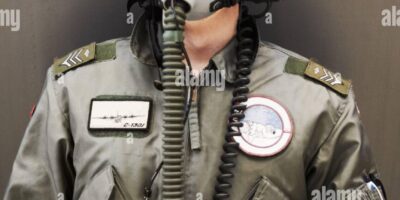Understanding the Drone Remote Controller
Drones have become increasingly popular, serving various purposes from photography to agriculture. At the heart of operating a drone efficiently lies the drone remote controller. This device is crucial for maneuvering, capturing stunning aerial footage, and accessing advanced functionalities.
The Basics of Drone Remote Controllers
Drone remote controllers function as the primary interface between the user and the drone. Typically, they operate using radio frequencies to communicate with the drone. Most controllers have dual joysticks: one for throttle and yaw control, and the other for pitch and roll. This setup allows for comprehensive control over the drone’s movement.
Components of a Drone Remote Controller
A standard drone remote controller consists of several key components. The joysticks, often the most prominent feature, allow for directional control. The left joystick generally controls altitude and rotation, while the right joystick manages forward, backward, and lateral movements.
Besides joysticks, controllers often feature buttons for takeoff and landing. Some advanced controllers also have switches and dials for modifying flight modes or camera angles. You’ll typically find a built-in LCD screen or a mount for attaching a smartphone. This screen or phone shows real-time camera view and telemetry data.
Connectivity and Compatibility
Controllers use different technologies to communicate with drones. The older models rely on RF signals, usually on 2.4GHz or 5.8GHz frequencies. Modern controllers may leverage Wi-Fi or Bluetooth for connectivity. It’s crucial to ensure that the controller and drone are compatible in terms of frequency and protocol.
Some high-end drones come with proprietary communication protocols, offering better range and stability. When choosing a drone and controller, checking the compatibility is essential. This ensures optimal performance and avoids potential signal issues.
Range and Battery Life
Range is a critical factor. It determines how far you can control your drone from its controller. Entry-level drones might offer a few hundred meters of range, while professional models can go several kilometers. Battery life of the controller is equally important. Most controllers rely on rechargeable lithium-ion batteries, lasting anywhere from a couple of hours to an entire day’s worth of flying.
It’s wise to invest in a controller with a robust range and good battery capacity. This will ensure uninterrupted flying sessions and broader exploration possibilities.
Advanced Features
High-end drone controllers offer many advanced features. GPS functionality allows for more precise control and options like waypoint navigation. Many controllers offer telemetry feedback, providing data on altitude, speed, and battery status. Gimbal control enables seamless camera movement, crucial for capturing professional-grade footage.
Integration with smartphones or tablets enhances the user experience. Through dedicated apps, users can access live video feeds and manipulate them directly from the touchscreen. Some controllers even support modular designs, allowing users to upgrade components according to needs.
Using a Drone Remote Controller
Operating a drone controller requires understanding its functions and layout. Beginners often start by learning how each joystick influences drone movement. Practice is key to mastering control. Simulators can be helpful, offering a risk-free environment for honing skills.
Many manufacturers provide tutorials or manuals explaining each feature of the controller. It’s advisable to read and understand these documents thoroughly. Knowing which buttons or switches activate certain modes or features can enhance the flying experience.
Safety Considerations
Safety is paramount when operating drones. Ensure the flying area is free of obstacles and not restricted by local laws. Keeping the drone within the line of sight is often required by law. Be mindful of interferences, such as power lines or other Wi-Fi signals, which might disrupt communication between the controller and the drone.
Regularly updating the controller’s firmware can prevent unforeseen technical glitches. Keeping the hardware in check, like ensuring joysticks move smoothly, can also avoid accidents during flights.
Maintenance and Troubleshooting
Maintaining a drone controller involves regular cleaning and software updates. Dirt and dust can affect joysticks and buttons, reducing responsiveness. Wiping the controller with a soft cloth can prevent buildup.
For software issues, checking for updates from the manufacturer can resolve most problems. If the controller or drone firmware becomes outdated, connectivity problems or performance issues might arise. Addressing these promptly ensures smoother operation.
Trends and Innovations
Technology in drone controllers continuously evolves. Current trends focus on improving user interfaces. Voice command integration and AI-assisted controls are gaining traction. Such advancements aim to make flying drones more intuitive and accessible for users of all skill levels.
Virtual reality integration is another promising area, where users can pilot drones with immersive experiences. While still in experimental stages, these innovations point towards more interactive and engaging flights.
“`

